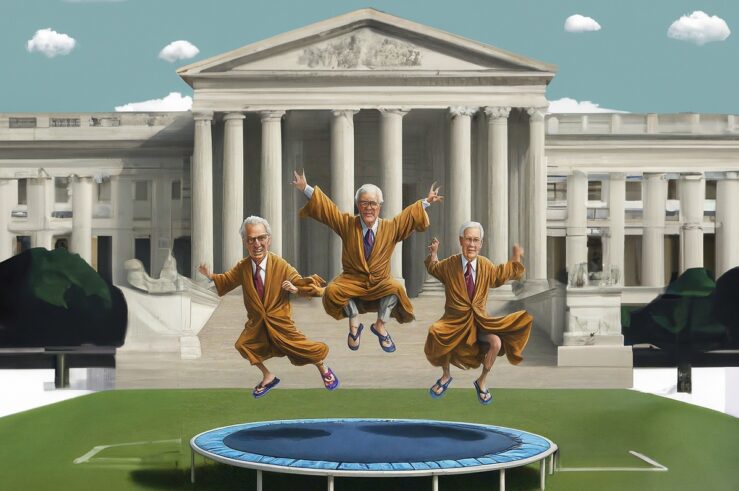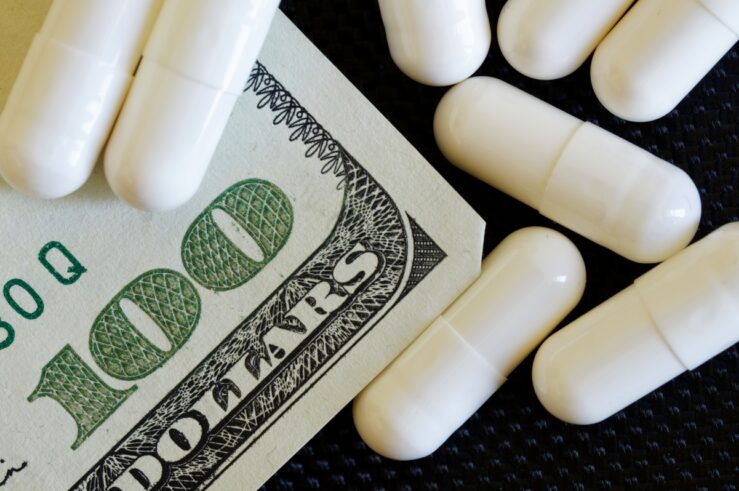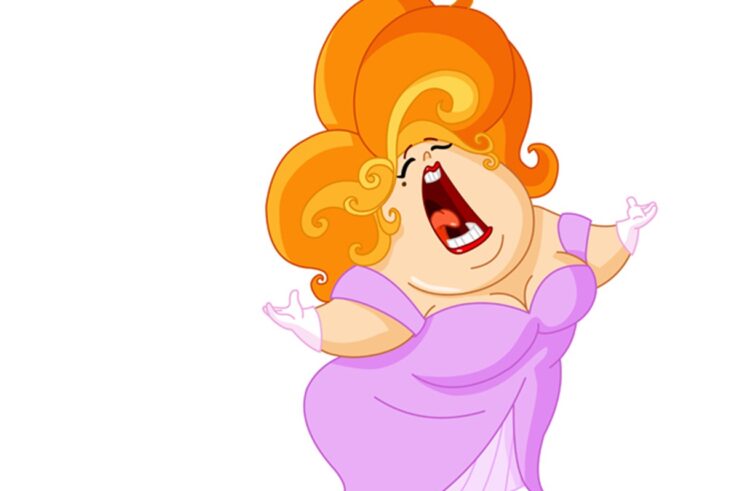WSJ has a fascinating story this morning about a group of restaurants in Utah, Washington, Colorado and other places adopting a completely voluntary pricing system. No registers. No prices. No “suggested” prices and no tips. The business model is essentially to provide food and allow customers to put whatever they want in a lock box at the front of the store. This is similar to the former economist turned Bagel Man in Freakonomics who delivered bagels to DC area offices on a quasi-honor system. There are some obvious potential benefits to this strategy in the retail setting: avoiding credit card system fees, not having to pay somebody to run the register (though somebody presumably still has to count the money to calculate taxes), and potentially differentiating one’s offering from competitors who still believe in the whole “prices” thing.
But my sense is that, neighborhood lemonade stands aside, long term profitability with voluntary pricing in any sort of retail setting would not be likely. The Bagel Man found that approximately 13% of office workers were “stealing” bagels. I doubt that the rate would be much lower in a local cafe or coffee shop than it would be in the cafe setting because the former, it seems to me, would involve greater reputational and informal sanctions for “cheating” the implicit agreement to pay fair value. However, these types of shops also seem likely to have a small group of loyal and repeat customers and so it may be possible that such an environment comes close to replicating these sanctions (this is consistent with the Bagel Man’s findings that theft rates were lower in smaller offices). This seems like a substantial number of non-paying customers in a setting where margins are typically very small and barriers to entry are low. The hope, of course, is that some customers will subsidize the free-riders. But in the retail setting, especially over time, one would expect that the inflow of free-riders would be substantial and difficult to control because retailers do not observe which customers are free-riders and which are subsidizers and thus cannot exclude them. Consistent with this view, the article does suggest that these restaurants, with some exceptions in both directions, are largely breaking even.




